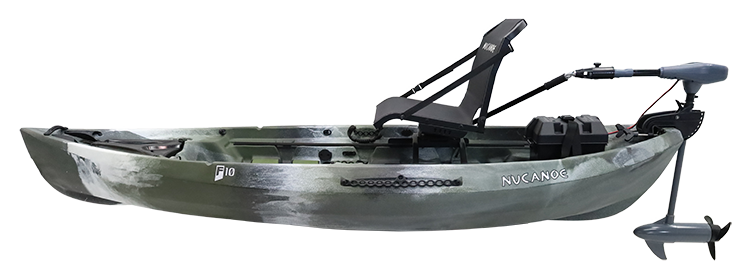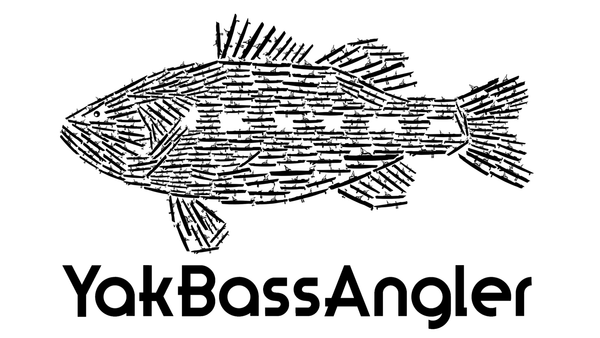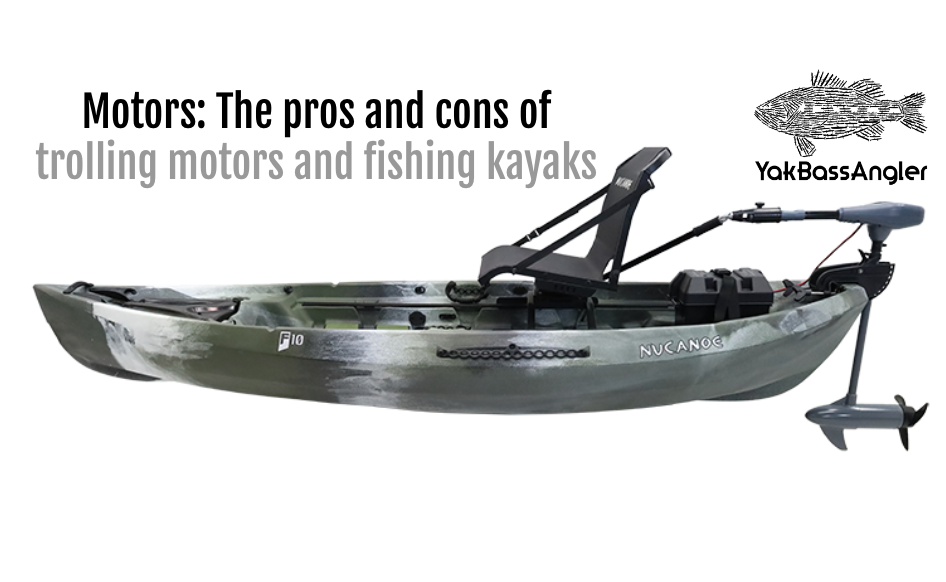Are you considering upgrading your kayak with a trolling motor? Here, we will cover the benefits and disadvantages of trolling motors.

Trolling motors can be a valuable addition to a fishing kayak, providing convenience and efficiency on the water. However, like any accessory, there are both pros and cons to consider when using trolling motors on a fishing kayak:
Pros:
Efficient Mobility:
- Trolling motors enable hands-free propulsion, allowing anglers to cover more water efficiently without the need for paddling. This is especially beneficial for long distances or when fishing in windy conditions.
Improved Boat Control:
- Trolling motors provide precise control over your kayak’s position, making it easier to navigate through tight spaces, position yourself for casting, and stay on specific fishing spots.
Reduced Fatigue:
- Using a trolling motor reduces the physical effort required for propulsion, decreasing fatigue during long fishing sessions. This can be particularly beneficial for anglers with mobility issues.
Hands-Free Fishing:
- With a trolling motor, you can keep your hands free for fishing, casting, and managing your gear. This hands-free capability enhances the overall fishing experience.
Versatility:
- Trolling motors can be mounted on various types of kayaks, providing versatility for anglers who fish in different environments, from lakes and rivers to saltwater.
Cons:
Cost:
- Trolling motors and their associated equipment (battery, mounts, etc.) can be expensive, potentially adding a significant cost to your kayak setup.
- The battery cost is often overlooked, as a battery that can last full days on the water often cost as much as the motor itself.
Weight and Bulk:
- Trolling motors, batteries, and mounts can add weight and bulk to your kayak. This may impact your kayak’s stability and make transportation more challenging.
- Usually, the motor and battery are positioned at the rear of the kayak which can take up space that was previously used for tackle or other storage.
Battery Management:
- Trolling motors rely on batteries, and managing battery life becomes crucial. Running out of battery power during a fishing trip can leave you without propulsion, so it is important to get a strong battery.
Installation Complexity:
- Installing a trolling motor may require some technical expertise. Ensuring proper installation and compatibility with your kayak can be a challenge for some users.
Limited Use in Shallow Waters:
- Trolling motors may not be suitable for very shallow waters or areas with underwater obstacles such as rocks, as the motor’s propeller and shaft can be susceptible to damage. In these cases you will have to use your paddle.
Maintenance:
- Trolling motors require regular maintenance, including checking connections, cleaning, and ensuring the overall condition of the motor. Although tedious, motor maintenance is important to avoid malfunctions on the water.
Ultimately, the decision to use a trolling motor on a fishing kayak depends on your specific needs, preferences, and fishing style. Careful consideration of the pros and cons will help you determine if a trolling motor is a worthwhile investment for your kayak setup.

